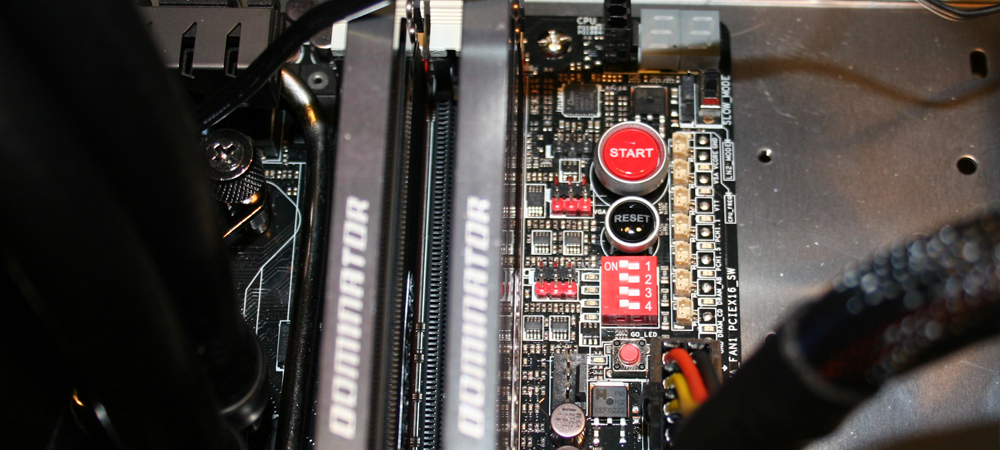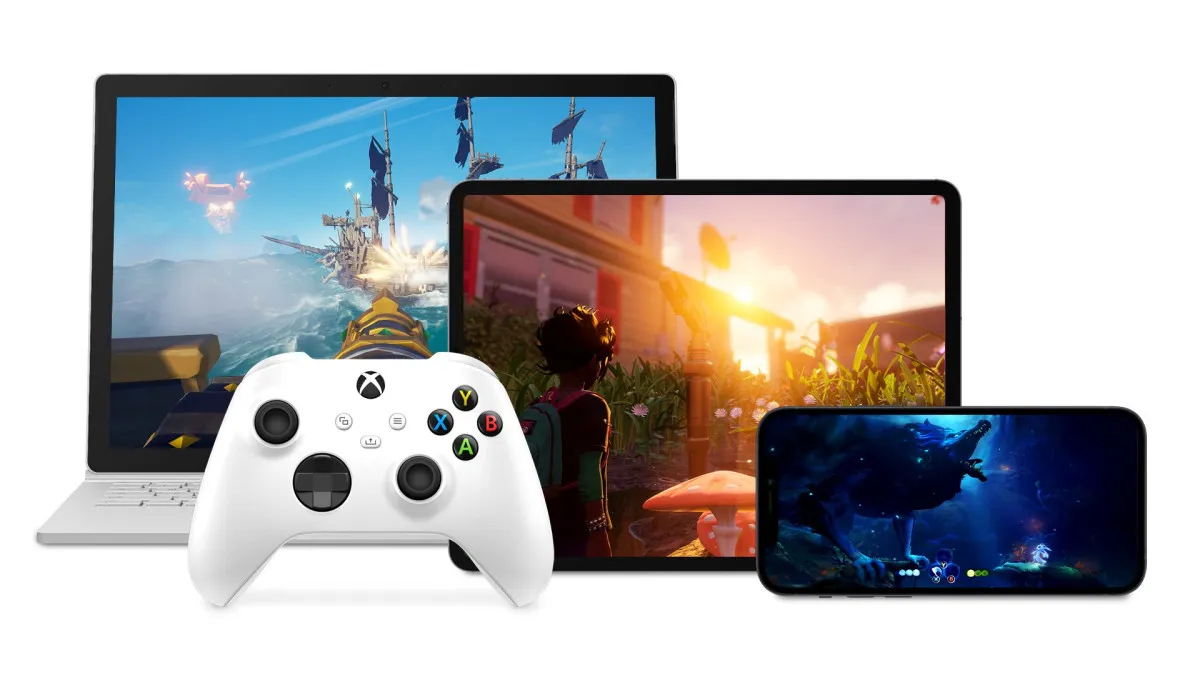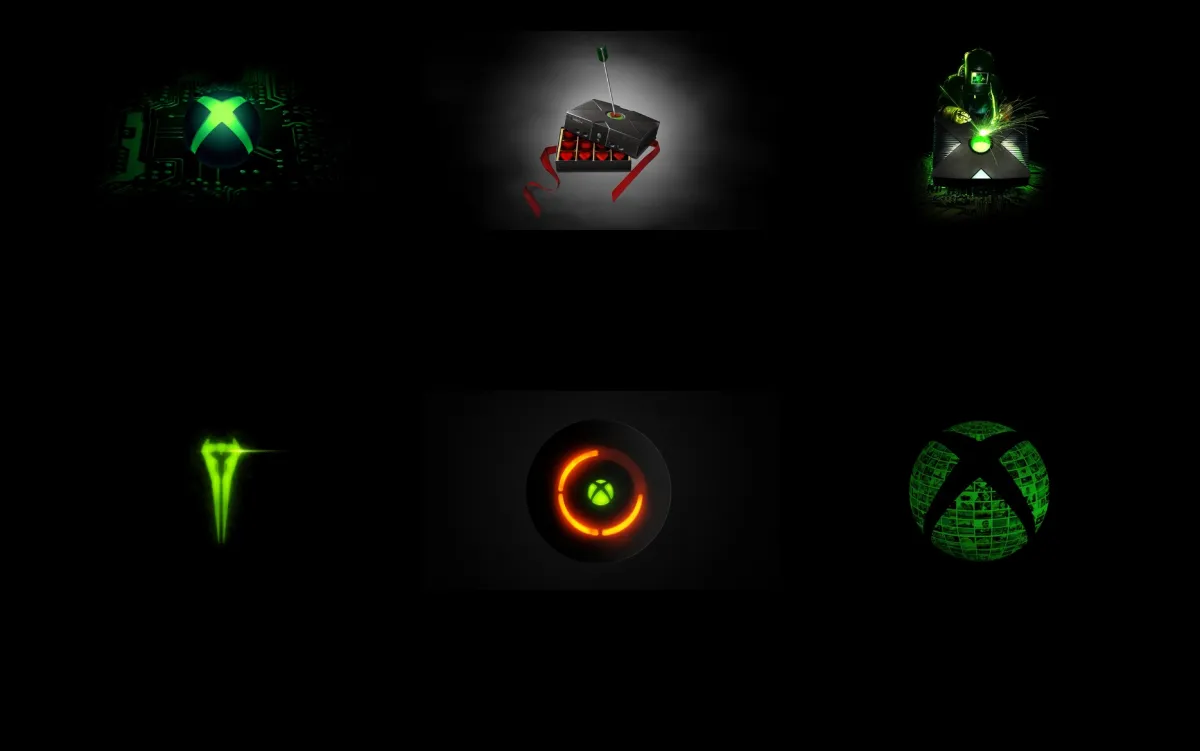Say ‘PC gaming is dead’ one more time please
Last week, we covered the trend of consoles as an all in one media center. The trend is very noticeable, but it is part of a much larger trend that happened over the generation. It’s a trend that I feel a lot of people overlook, and perhaps it’s because the trend happens on a higher level than that of the consumer.
This trend that I’m referring to, is the morphing of consoles into a piece of hardware that resembles a living room PC. As I like to call it, it is the “PCification of consoles.” It’s something that the Xbox 360’s lifespan in particular highlights, and that the PS3’s launch foretold.

Hard Drive Required
The first major sign of the PCification is the inclusion of hard drives. A hard drive in a console by itself is not an odd thing. Theey can store more data than memory cards of the past. PS3s have always required one, but the 360 originally launched with hard drives optional. At the time, I didn’t think many would imagine just how necessary large amounts of storage would be.
Downloadable games started small, but grew to be gigabytes in size. This, paired with the inclusion of installs, made a large shift in how storage is viewed. The 360 would see multiple revisions, with hard drives becoming part of a SKU you’d buy off the shelf, eventually ending with the slim model which has an unchangeable internal hard drive. As for the PS3, the system outright used laptop hard drives, which allowed anyone to buy and use their own storage.

Downloadable Gaming
Downloadable gaming blew up in popularity this generation. I’m not just talking about stuff like XBLA either. It’s very true that sub-retail releases were able to find a nice home on the platform, and as time went on, the size of downloadable games got bigger. Originally, on XBL, a downloadable game was limited to 50 MB. Today, the limit is 2 gigs. Some games are even bigger than that!
Aside from those games, there was an increase in making retail games available to download from home. Steam does this for PC, and it’s still much better at it. Digital distribution of retail games on consoles hasn’t slowed down at all. On both the 360 and the PS3, a large number of retail games have also been put up on the console’s respective store fronts for digital purchase. Many of these games rank in with a good 5-10 gigabytes of data needed to run them, so it’s no wonder that the 80 gig hard drive had become standard in a console.

Game Installs and Patches
Up until this generation only PC games were capable of receiving patches. Now, consoles share this trait. Small ones, frequent ones, release day ones, they were all suddenly there! There are updates to fix bugs, and a little note to say what changed. Even the base firmware of a console can get changed in a patch. The most notable case would be with the major revision of the 360 dashboard, replacing the blades of yore with the current metro tiles. Game installs were the cherry on top.
Installs is something that people once said consoles had over PC. On console, all you had to do was pop in a disk and play it. On PC, you had to pop it in, and then wait ten minutes for it to install. Not anymore though! Want to play Halo 4‘s multiplayer with that freshly opened box you just brought back from GameStop? Hang on a minute then, we need to install it to that fancy 80 gig hard drive that we made sure to install on that 360 slim you have.
Some games have taken this to a ridiculous level, such as Metal Gear Solid 4. You’re required to install a chapter you’re about to play, but you can only have one chapter installed at a time. Not all games actually need it on console to play so far, but the 360 has a particularly interesting quirk here. Any 360 game can be installed to increase performance when playing. This leads to a situation where installing is desired, as it helps load times move faster and prevent disc stuttering.

Program Expandability! Or Apps…
Installing new programs to do new things with a console hit with this generation.
Wii had it first, PS3 wasn’t far behind, and the 360 was quick to catch up. Last week, Starkey brought up a lot of good points about how the consoles were expanded through greater media playback capabilities. Much of this is thanks to console makers allowing programs to be made and installed on their machines. It’s something that, till then, only PCs did. Hell, even now, the PC does it better. Long strides have been made since the start of the generation for consoles despite that.
The first indicator fell with the idea of Channels on the Wii. Not only could games fill these slots, but so could some Nintendo made “non-games” as well. Fun little things, like a photo viewer, a news ticker or weather station. PS3 and 360 would pass the Wii in time when programs, or apps if you will, for things like Hulu and Netflix would become available to install on these platforms. The 360 even began to embrace the nomenclature with the release of the current dashboard layout. Video, music, and social apps are legitimate categories with a myriad of options in each one. Internet Explorer was even made available for the 360, which goes to show just how integrated some programs would become in the future.

The Future
The trend of PC-ification does not seem to be slowing down, as we enter the next generation. All ready, we have the Wii U which makes almost all games available at day one in both retail and digital formats. The system has firmware patches being readied too.
Rumors aren’t hard set facts, but they do give strong indications — and in the case of Microsoft, well, let’s just say they’ve been kind of transparent leading into this. Much of the rumors surrounding the next PlayStation and the next Xbox, indicate an even further merging of PC and console.
Rumors suggest each machine will be based off of currently existing PC architecture. That means, unlike the past, much of the innards of the consoles will basically be the same as the innards of a typical PC; so, nothing extravagant and proprietary like a cell processor. In Microsoft’s case, there are strong indications that the next Xbox will use a slightly modified version of Windows 8 as the base firmware. Given how much the current 360 dashboard already resembles the Windows 8 start screen, I don’t find that to be too far a stretch.

It’s a exciting time to be in gaming, no matter what side of the field you’re on. I haven’t even taken into account mobile or handheld gaming as a part of this article. With a mysterious conference on February 20 by Sony that may lead to the announcement of the PS4, the stakes are high. We may get to see a real look at the future of gaming. And then, of course, there’s Valve tackling the problem from the other end, trying to make the PC as viable in the living room as a console. It may still be a long way off, but the intersection point between the two methods will be the most interesting. Did someone say “one platform world?”
[Header image courtesy of SnQQpyDog]




